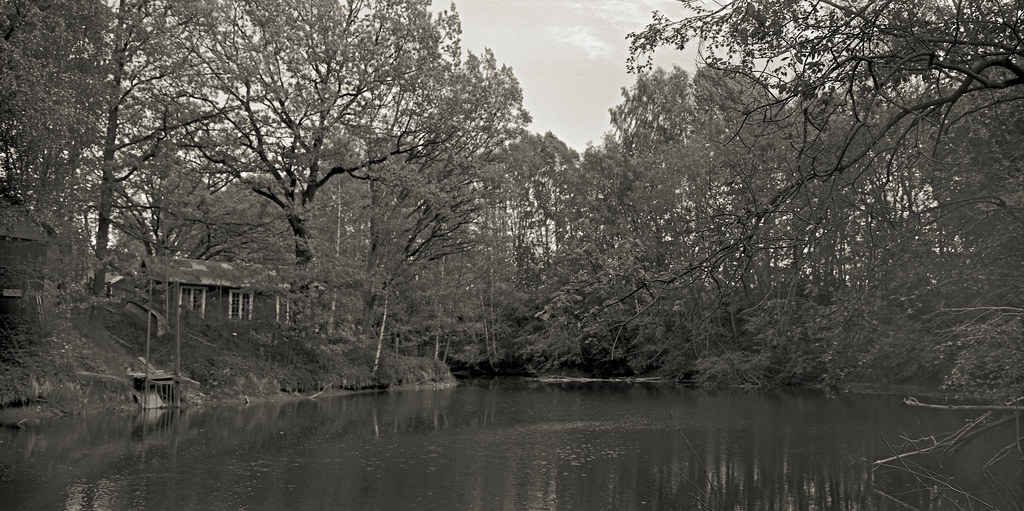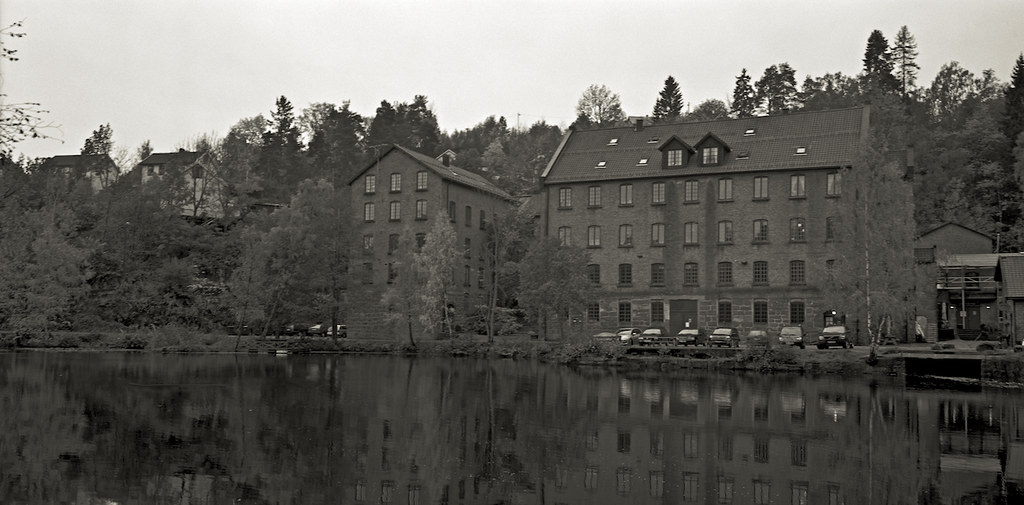Ezzie
E. D. Russell Roberts
It would seem that the Graflok back is not altogether straight and flat. A test roll has been put through the camera and there are light leaks to the right and left. There are no mounting screws along the uprights, (ok, one on the right) and it seems that the light is creeping in between the back and frame.
The light leaks are approx 5mm in from the edge of each frame. Quite strong to begin with and then fading rather quickly within the next 5mm The outer 5mm of the frames are OK.
Would you agree with me that the light is creeping in between back and frame?
The light leaks are approx 5mm in from the edge of each frame. Quite strong to begin with and then fading rather quickly within the next 5mm The outer 5mm of the frames are OK.
Would you agree with me that the light is creeping in between back and frame?






